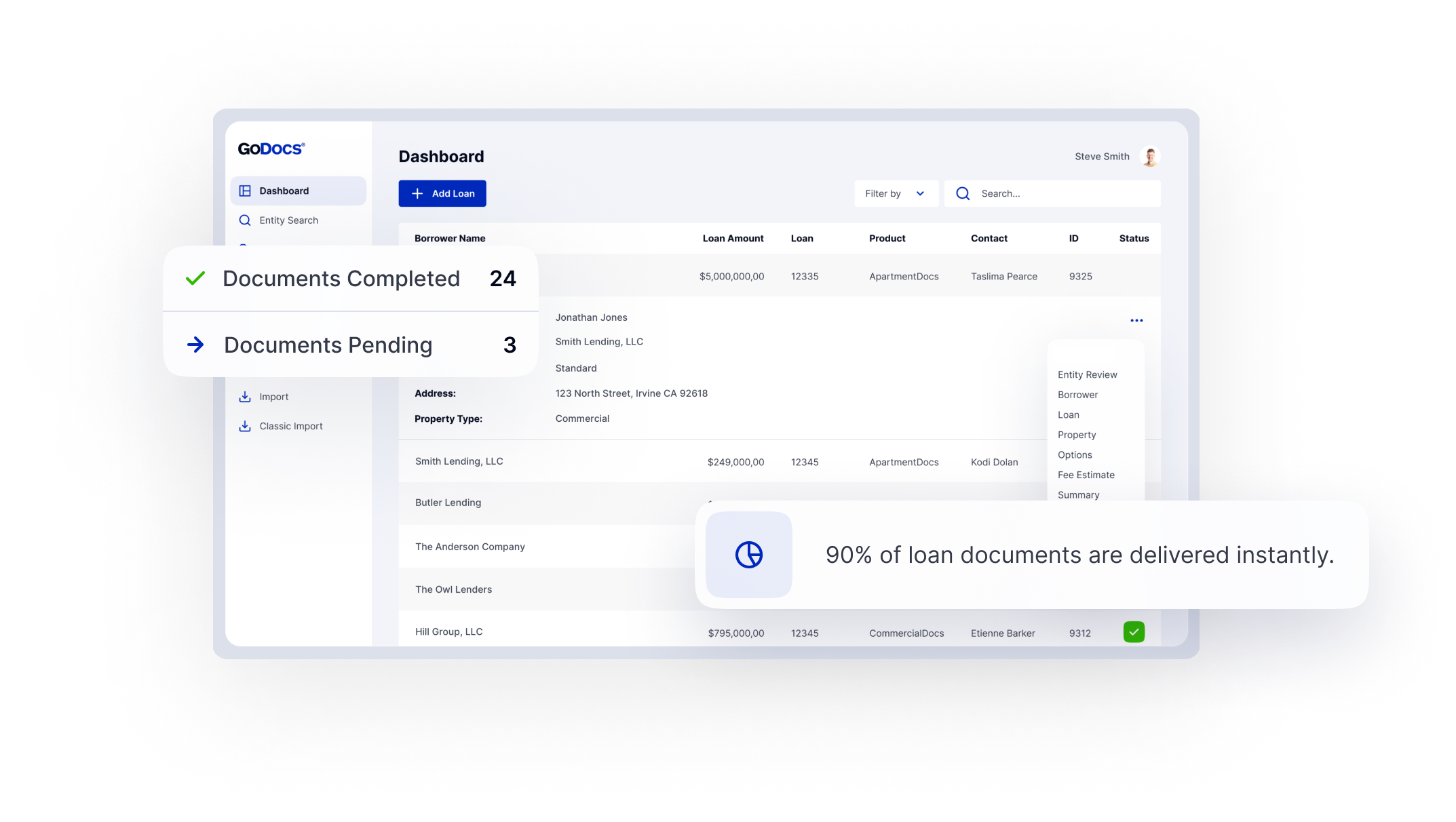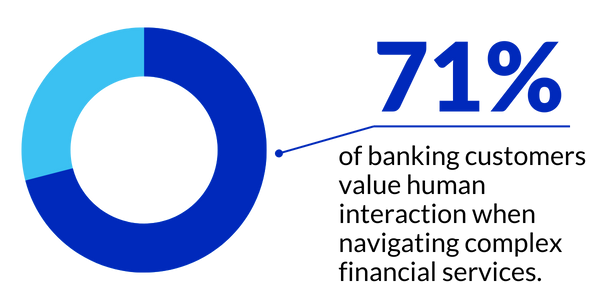The commercial real estate market in 2024 is experiencing a period of recalibration. However, this presents an excellent opportunity for commercial lenders to leverage digital transformation as a strategic imperative while waiting for the Federal Reserve to lower interest rates. Despite the potential for a delayed rebound, commercial lenders can confidently capitalize on the current market conditions to make strategic decisions that will yield significant benefits.
2024 Digital Transformation Impact on Commercial Lending’s Competitive Landscape
Digital transformation has had a significant impact on the competitive landscape of commercial lending. In the past, legacy service providers ruled the market, but the emergence of new fintech companies and smaller digital software competitors has redefined the industry. These new players offer innovative technology, faster service delivery, and improved customer experiences, providing a higher return on investment for their customers than the legacy providers. This shift has created a more competitive environment where businesses can confidently choose from a range of options that best suit their needs.
Why Now?
The Enduring Need for Digital Transformation in Commercial Lending
The recent economic downturn exposed weaknesses in traditional commercial real estate lending processes. However, the Mortgage Bankers Association (MBA) forecasts continued strength in the sector, with commercial real estate originations projected to reach $906 billion in 2024. Multifamily loans are expected to be a major driver of this growth.
The CRE industry is increasingly adopting digital platforms to automate loan document generation to capitalize on this opportunity and address process inefficiencies. These platforms empower lenders to streamline the closing process, expand lending operations, and reduce costs. The geographic expansion capabilities allow lenders to move into new markets more easily, giving them the advantage of robust growth while maintaining greater control over loan processing times and costs.
Digital Transformation in Commercial Lending
Why the Resistance?
Get the Top 3 Reasons for ‘Digital Transformation Resistance’ in Commercial Lending
Despite the benefits, some stakeholders in CRE lending still resist digital transformation. To address this hesitancy, it’s essential to understand the reasons behind it.

Embracing the Digital Era: Borrowers Demand It
The time has come for commercial lenders to fully embrace digital transformation. Borrowers now have a plethora of options for their commercial loans, largely thanks to the rise of private lenders. Borrowers demand lower costs, faster closings, and a seamless digital experience and will choose lenders who are keeping up with today’s modern lending workflow.
To thrive in this era, lenders need comprehensive end-to-end digital solutions for all types of commercial lending, from multifamily to single-unit business-purpose loans. These solutions should seamlessly integrate with existing workflows and processes, allowing banks, credit unions, and private lenders to adapt to changing demands without the need for new LOS and banking systems.
Embracing Digital Transformation for Future-Ready Commercial Lending
The projected strength in the commercial and multifamily mortgage markets underscores the importance of digital transformation. It is not just a goal but a necessity, central to achieving success and gaining a competitive edge. The strategic integration of digital tools, from enhancing borrower experiences to streamlining loan documentation, is pivotal. This evolution, marked by solutions like GoDocs, is vital for lenders to adapt, innovate, and lead in a digitally driven market.
Seizing the Moment
Why Implementing Technology Now is Essential for Future Success
In today’s lending market, adjusting to market highs and lows is crucial. While some may be tempted to cut costs and staff, the focus should instead be on identifying the right technologies to implement. Automated closing documents, for instance, offer flexibility during both high and low-demand periods without the need for additional resources.
The timing for implementing new technology is ideal during slower periods, as it prepares lenders for future surges in market activity. It can generate cost savings, accelerate revenue, and open up new geographical areas for lending expansion.
Ultimately, digital transformation is no longer a luxury but a necessity in commercial lending. Lenders who embrace automation and digital technology will be well-prepared to increase loan volumes and revenue, without adding resource costs, ensuring their competitiveness in a rapidly evolving industry.
In 2024, the message is clear: the future of commercial lending is digital, and the time to act is now.
Gain a Competitive Edge with GoDocs
To maintain or gain the competitive edge and strive to be #1 in the lending industry, commercial lenders must continually adapt and evolve. Embracing next-generation technologies and solutions becomes imperative, and that includes harnessing the power of the loan document automation ecosystem offered by GoDocs. By leveraging GoDocs’ cutting-edge automation tools, private lenders can streamline their loan document processes, improve efficiency, reduce errors, reduce resources, and enhance operations to handle any loan type, any loan size, and any loan volume while mitigating risk automatically.
Experience the Future of Commercial Loan Document Automation
Discover GoDocs, the leading SaaS solution powered by the sharpest legal minds in CRE! Schedule a demo today to elevate your lending process and to gain your competitive advantage.

Myth 2: Closing document customization requires outside counsel.
Legacy loan closing systems have created misconceptions about what’s possible in commercial loan documentation. In Set the Record Straight, GoDocs leaders challenge outdated assumptions and

What Ted Lasso Can Teach Us About Lending Technology
Be Curious, Not Judgmental There’s a moment in Ted Lasso that every leader should remember. During a game of darts, Ted is underestimated by someone

Myth 1: Faster closing document preparation means higher compliance risk.
Legacy loan closing systems have created misconceptions about what’s possible in commercial loan documentation. In Set the Record Straight, GoDocs leaders challenge outdated assumptions and



